Q
How many seats in Jaecoo J7?
The Jaecoo J7, positioned as an SUV for urban families, comes with a standard 5-seat layout in the Malaysian market. Its seat design strikes a balance between comfort and practicality, catering to the daily travel needs of most households. The vehicle features a 2+3 seating configuration, with the rear seats supporting split-folding to flexibly expand luggage space—perfect for weekend getaways or shopping trips. It's worth noting that competitors in the same segment, like the Proton X70 and Honda CR-V, also typically offer 5-seat designs, though some brands provide 7-seat options to meet diverse user needs. For Malaysian consumers, 5-seat models hold advantages in fuel efficiency and road tax, making them especially suitable for city driving conditions in places like Kuala Lumpur. If you require more passenger capacity, keep an eye on the few models in this class that offer 7-seat variants, but be prepared to balance overall vehicle size and parking convenience. Before making a purchase, I recommend visiting an authorized dealer to experience the actual seat materials and legroom firsthand—most importantly, test the comfort of three adults in the rear to ensure it aligns with your usage scenarios.
Special Disclaimer: This content is published by users and does not represent the views or position of PCauto.
Related Q&A
Q
Does the Jaecoo J7 have memory seats?
As an SUV targeting the high - end market, the Jaecoo J7 is indeed equipped with a memory seat function. This configuration can store the preferred settings such as seat positions and rear - view mirror angles of different drivers, making it convenient for quick adjustment when multiple people take turns driving. It is especially suitable for family users or business scenarios. In Malaysia's hot weather, its comfort can be further enhanced when combined with the ventilated seat function.
Memory seats are usually linked with configurations such as electric adjustment and lumbar support, which is a common technology in luxury cars. High - end versions of competing models in the same class, such as the Honda CR - V and Toyota RAV4, also offer similar functions. It should be noted that there may be differences between different model years or configuration versions. It is recommended that consumers check the specific configuration list on the official Jaecoo Malaysia website before purchasing or visit an authorized dealer to experience the actual vehicle functions.
This kind of intelligent configuration is gradually being introduced from luxury cars to mainstream models, reflecting the digital development trend of the automotive industry. In the future, more advanced technologies such as facial recognition or remote preset via mobile apps may be integrated.
Q
What fuel does the Jaecoo J7 use?
As an SUV targeting young urban families, the Jaecoo J7 in the Malaysian market uses RON95 gasoline, which is the most common fuel type locally. It fully meets the infrastructure of Malaysian gas stations and driving needs. The 1.6TGDI turbocharged engine equipped in this model has been specifically tuned to fully leverage the anti - knock characteristics of RON95 gasoline. It not only ensures a power output of 156 horsepower but also takes fuel economy into account, making it very suitable for Malaysia's hilly terrain and congested urban roads.
It's worth mentioning that although RON97 gasoline can theoretically bring smoother combustion efficiency, considering the Malaysian government's continuous subsidy policy for RON95 and the limited difference in actual driving experience between the two, using RON95 is undoubtedly a more cost - effective choice. For Malaysian consumers who care about car - maintenance costs, regularly using the fuel additives recommended by the original manufacturer can effectively keep the fuel injectors clean. This kind of maintenance method is more cost - effective than blindly pursuing high - octane fuel.
In addition, Malaysia's hot and humid climate poses a challenge to the fuel system. It is recommended that car owners choose gas stations with a good reputation as much as possible to avoid poor - quality gasoline with excessive moisture content, which may affect the engine's lifespan.
Q
What is the towing capacity of the Jaecoo J7?
As an SUV designed mainly for urban light off - road driving, the towing capacity of the Jaecoo J7 needs to be evaluated in combination with its power and body structure. Although the official hasn't released the specific data yet, referring to SUV models in the same class equipped with 1.6T turbocharged engines (such as the Chery Tiggo series), it is estimated that its towing capacity is between 1,200 and 1,500 kilograms. It is suitable for towing leisure equipment like small yachts, camping trailers, or motorcycles.
For Malaysian users, it's necessary to pay attention to the local regulations regarding vehicle towing. For example, in Peninsular Malaysia, the total weight of the trailer must not exceed 1.1 times the unladen weight of the towing vehicle, and a special hitch and braking system need to be installed. If you often have towing needs, it is recommended to upgrade the cooling system and regularly check the transmission oil temperature, as the tropical climate may increase the engine load.
In addition, the J7's intelligent four - wheel drive system and high - rigidity body design can improve towing stability. However, in actual operation, sudden acceleration or overloading on steep slopes should still be avoided to ensure safety. The towing data of other brands like Proton X90 or Toyota Fortuner can also be used as a horizontal reference, but ultimately, the information on the Jaecoo Malaysia official website or from dealers should be the final reference.
Q
What is auto start stop on Jaecoo J7?
The Auto Start-Stop function of the Jaecoo J7 is an energy-saving technology. When the vehicle stops briefly (such as waiting at a red light or in a traffic jam), the system will automatically shut down the engine to reduce fuel consumption and emissions. When the driver releases the brake or steps on the accelerator, the engine will quickly restart to ensure a smooth drive. This function is particularly suitable for the common urban traffic congestion in Malaysia. It can not only reduce fuel consumption but also decrease exhaust emissions, which is in line with the environmental protection trend.
It should be noted that the Auto Start-Stop function will automatically pause when the battery is low, the air - conditioning is operating at a high load, or the engine has not reached the operating temperature, to ensure driving comfort and vehicle performance. Similar technologies have been widely used in many brand models and have become one of the important means for modern cars to improve fuel economy. Drivers can manually turn off this function through a button, but long - term use can significantly save fuel costs, especially in busy traffic areas like Kuala Lumpur.
Q
What is the safety rating of the Jaecoo J7?
The Jaecoo J7 has a good safety performance. It comes standard with a host of safety features. For example, ABS anti - lock braking system and electronic stability control can enhance the vehicle's stability during emergency braking and on complex road conditions. The seat - belt reminder covers all seats, constantly reminding passengers and drivers to fasten their seat belts. Functions such as blind - spot monitoring, lane departure warning system, autonomous emergency braking/active safety system, and forward collision warning are helpful in detecting potential hazards in advance and avoiding collisions. The vehicle is also equipped with eight airbags, including those for the driver, front - passenger, front - side airbags, head airbags (curtains) for the front and rear rows, and knee airbags. These can effectively protect the people inside the vehicle in the event of a collision. In addition, the ISOFIX child - seat anchor points make it easy to install child seats, ensuring the safety of children in the car. Although there is no specific star - rated safety rating, these abundant safety features can provide reliable safety protection for passengers and drivers.
Q
Is the Jaecoo J7 water resistant?
As an SUV mainly targeting urban light off - roading, the water - proof performance of the Jaecoo J7 is mainly manifested in daily wading scenarios rather than professional diving. Official data shows that its wading depth can reach approximately 600mm, which is sufficient to handle the common rain - flooded roads in Malaysia. This is due to its optimized air intake position and chassis sealing design. However, it should be noted that long - term immersion may still cause damage to the electrical circuits.
For Malaysian consumers, when driving during the rainy season, more attention should be paid to the vehicle's water - proof performance and daily maintenance. For example, regularly check the door seals and chassis drain holes to prevent sand and mud from clogging and affecting the water - proof effect. At the same time, it is recommended to check the braking system in time after wading.
It's worth noting that the water - proof design of most city SUVs on the market is mainly for short - term wading. If you often encounter deep - water areas, you should consider modifying professional configurations such as a wading snorkel. However, this will involve changes to the warranty terms, and it is recommended to consult through official channels.
Q
What cars are similar to the Jaecoo J7?
As a luxury compact SUV, the Jaecoo J7's comparable models can be those in the same class with similar design styles, power configurations, and technological features. For example, the Chery Omoda 5, Proton X50, Haval Jolion, and Toyota Corolla Cross. These models all feature youthful designs, have similar body sizes (around 4.4 - 4.5 meters in length), offer turbo - charged engine options (such as 1.5T or 1.6T), and are equipped with intelligent connectivity systems and ADAS driving assistance features, making them suitable for the urban roads in Malaysia and family needs.
It's worth noting that the Jaecoo J7 stands out in its class with its emphasized "luxury" interior quality and unique exterior design. The Proton X50 has an edge in cost - effectiveness thanks to its local production and well - established after - sales network, while the Toyota Corolla Cross excels in brand reputation and hybrid technology.
If consumers prefer a higher ground clearance or a four - wheel drive version, they can also compare the Mitsubishi ASX or Mazda CX - 30, but the price may go up. It is recommended to take a test drive before purchasing a car. Pay special attention to the space comfort and warranty terms, as the tropical climate in Malaysia places high demands on the air - conditioning efficiency and the stability of the electronic system.
Q
Is Jaecoo J7 a 4x4?
The Jaecoo J7 isn't all 4x4 (four - wheel drive) models. This vehicle comes in multiple drivetrain versions. Among them, the Jaecoo J7 AWD version features four - wheel drive (4x4), which offers better passability and handling stability, making it suitable for dealing with complex road conditions. The Jaecoo J7 2WD version is front - wheel drive, mainly providing the power needed for daily city driving and may have an edge in fuel economy. Additionally, the Jaecoo J7 PHEV 2WD version is also front - wheel drive. It's a plug - in hybrid model, achieving a balance between power performance and energy conservation as well as environmental protection. Consumers can choose the appropriate Jaecoo J7 drivetrain version based on their actual needs, driving scenarios, budget and other factors.
Q
How many seats are in the Jaecoo J7?
As a new luxury intelligent SUV model, the Jaecoo J7 features a standard 5 - seat layout for its seating configuration. This can meet the daily travel or long - distance trip needs of most Malaysian families. The rear seats usually support proportional folding to flexibly expand the luggage space.
In terms of design, this car focuses on seating comfort. The seat materials may offer options like leather or high - grade fabric. Some versions may also be equipped with electric adjustment or heating functions to enhance the experience. For Malaysian consumers, a 5 - seat SUV is particularly practical for urban commuting and weekend self - driving tours. It can ensure sufficient seating space while avoiding the higher road tax costs associated with 7 - seat models.
In the same market segment, the 5 - seat layout is the mainstream choice. Models like the Honda CR - V and Toyota RAV4 adopt similar designs. However, the Jaecoo J7 strengthens its competitiveness through intelligent configurations and a luxurious feel. For example, it may be equipped with an immersive audio system or a panoramic sunroof. These details are quite appealing to Malaysian users who value a sense of technology and comfort.
If consumers need more seats, they can consider other 7 - seat models or MPVs under the brand.
Q
What size battery is in the Jaecoo J7?
As a newly launched SUV model in the Malaysian market, the Jaecoo J7 typically uses a mainstream 12V battery system. Specifically, the capacity might be a lead - acid battery ranging from 60Ah to 70Ah (the specific parameters should be subject to the official manual or dealer information). This type of battery can meet the daily starting and power supply needs of electronic devices.
The climate in Malaysia is hot and humid. It is recommended that car owners regularly check whether the battery electrodes are corroded and avoid long - term parking which may lead to battery discharge, so as to extend the battery life. If considering an upgrade in the future, enhanced batteries such as AGM or EFB can be selected. They are more heat - resistant and have better cyclic charging performance, but it is necessary to confirm the compatibility with the vehicle's electrical system.
In addition, some maintenance centers in Malaysia offer free battery testing services. Car owners can take advantage of these services to ensure that the vehicle's power system is in good condition.
Latest Q&A
Q
How much is a Toyota Harrier 2023?
The 2023 Toyota Harrier is priced locally between approximately RM200,000 and RM250,000, varying by trim level and configuration. Exact prices may fluctuate depending on dealer promotions or optional accessories. The vehicle offers two powertrain options: a 2.0-liter naturally aspirated engine and a 2.5-liter hybrid system. The hybrid variant stands out for its fuel efficiency, making it ideal for eco-conscious buyers. The Harrier has gained popularity for its sleek exterior design, spacious interior, and generous tech features – like the standard Toyota Safety Sense suite, which includes pre-collision safety, lane departure alert, and other functions. Notably, it shares a platform with the Lexus NX, resulting in a solid driving experience. Recent fluctuations in the Japanese Yen exchange rate could impact import vehicle pricing, so it’s advisable to compare quotes from multiple authorized dealers before purchasing. Keep an eye out for promotional offers or low-interest financing deals too. Besides the Harrier, competitors in the same price range include the Honda CR-V and Mazda CX-5, each with distinct strengths in space, power, or handling.
Q
How much is a 2020 Mitsubishi Triton worth?
The current used market price for the 2020 Mitsubishi Triton ranges from approximately RM65,000 to RM95,000, with the exact price depending on factors such as vehicle condition, mileage, trim level, and whether it still has the original factory warranty. For example, higher-spec Triton Adventure variants or models equipped with four-wheel drive systems typically command higher prices. This pickup truck is renowned for its durability and off-road capabilities, powered by a 2.4-liter turbocharged diesel engine that delivers 181 horsepower and 430 Nm of torque, paired with either a 6-speed manual or automatic transmission, making it suitable for both daily commuting and outdoor adventures. In the used market, the Triton maintains relatively stable resale value, but it is advisable to have a professional inspection to check the condition of the engine, transmission, and chassis before purchasing, while also reviewing maintenance records to ensure there have been no major accidents. If on a tighter budget, considering 2018-2019 model years could save RM10,000 to RM20,000, though note that some of these may be approaching the end of their warranty period. Additionally, Mitsubishi's extensive after-sales service network and ample parts supply result in lower long-term ownership costs, which is one of the reasons the Triton remains popular in the used market.
Q
How much can a 2020 Mitsubishi Triton tow?
The towing capacity of the 2020 Mitsubishi Triton depends on the specific trim and configuration, but generally, it maxes out around 3.1 tonnes. That’s enough for most everyday towing jobs—think small boats, camper trailers, or building materials. Under the hood, this pickup packs a 2.4-liter turbo diesel engine, which dishes out plenty of low-end torque. Paired with either a 6-speed manual or automatic transmission, it keeps power delivery steady even when hauling heavy loads.
A quick heads-up: when you’re actually towing, you’ve got to factor in weight distribution, road conditions, and how well-maintained your truck is. It’s smart to regularly check the brakes and cooling system to stay safe out there. If you’re towing heavy stuff often, consider adding the factory-recommended accessories—things like a trailer stability system or electronic brake controller can really up the safety game. And if you need to tow something even heavier? Best to check the owner’s manual or hit up your dealer to confirm your specific model’s limits. Overloading’s just not worth the risk of damaging your ride.
Q
How much horsepower does a 2020 Triton have?
The 2020 Triton packs 110 horsepower. It's powered by a 2.5-liter (2477cc) diesel engine. This engine cranks out maximum power at 4000 rpm and peak torque at 2000 rpm. It delivers plenty of oomph for daily driving and all sorts of tasks, letting the truck handle different road conditions and payload demands with ease. There might be some performance variations across different trims, but overall, they all offer a reliable and practical driving experience.
Q
What is the fuel consumption of a Mitsubishi Triton 2020?
The fuel economy of the 2020 Mitsubishi Triton varies depending on the specific trim and driving conditions. Official figures show that the version equipped with the 2.4-liter MIVEC turbocharged diesel engine (model 4N15) has a combined fuel consumption of approximately 8.6 liters per 100 kilometers. Manual transmission models might be slightly lower at 8.2 liters per 100 kilometers, while automatic variants tend to be a bit higher due to transmission tuning. In real-world driving, if you frequently carry heavy loads or go off-roading, fuel consumption could rise to 10-12 liters per 100 kilometers. This engine features common rail injection technology and a variable geometry turbocharger, balancing low-end torque with high-rev efficiency. The accompanying Super Select 4WD-II system maintains decent fuel economy even in 4H mode. It's important to note that diesel vehicle fuel consumption is significantly affected by fuel quality; using B7 or higher-grade diesel is recommended to achieve optimal performance. Additionally, regular maintenance of the fuel filter and injectors is crucial for keeping fuel consumption in check. Rivals in the same pickup segment like the Toyota Hilux and Ford Ranger have similar fuel economy figures, but the Triton's lightweight chassis design gives it a slight edge when unladen. Adding a bed cover or reducing highway cruising RPM can further optimize fuel efficiency.
View MoreRelated News

Jaecoo J7 VS Honda CR-V, which is the most worthwhile C-Segment SUV to buy
JamesNov 7, 2025
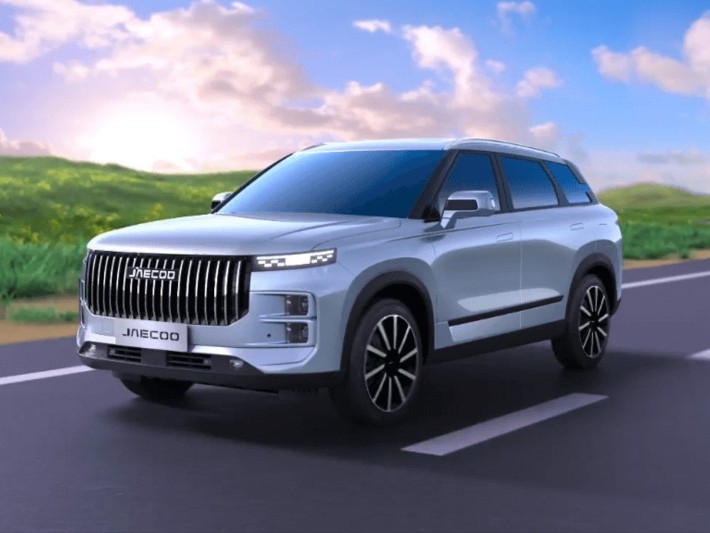
Jaecoo J7 Review: A Great-Value SUV That Delivers More Than Expected
AshleyJul 10, 2025
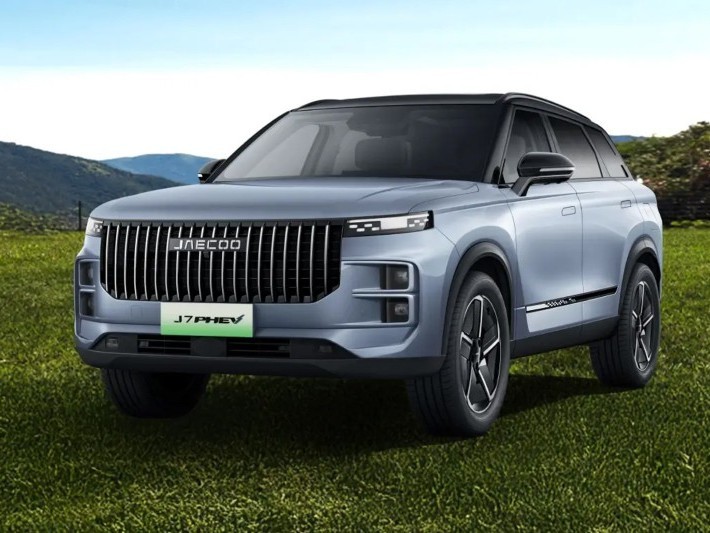
Jaecoo J7 Interior Design Unveiled: A Cabin Full of Luxury and Tech Vibes
LienJul 1, 2025
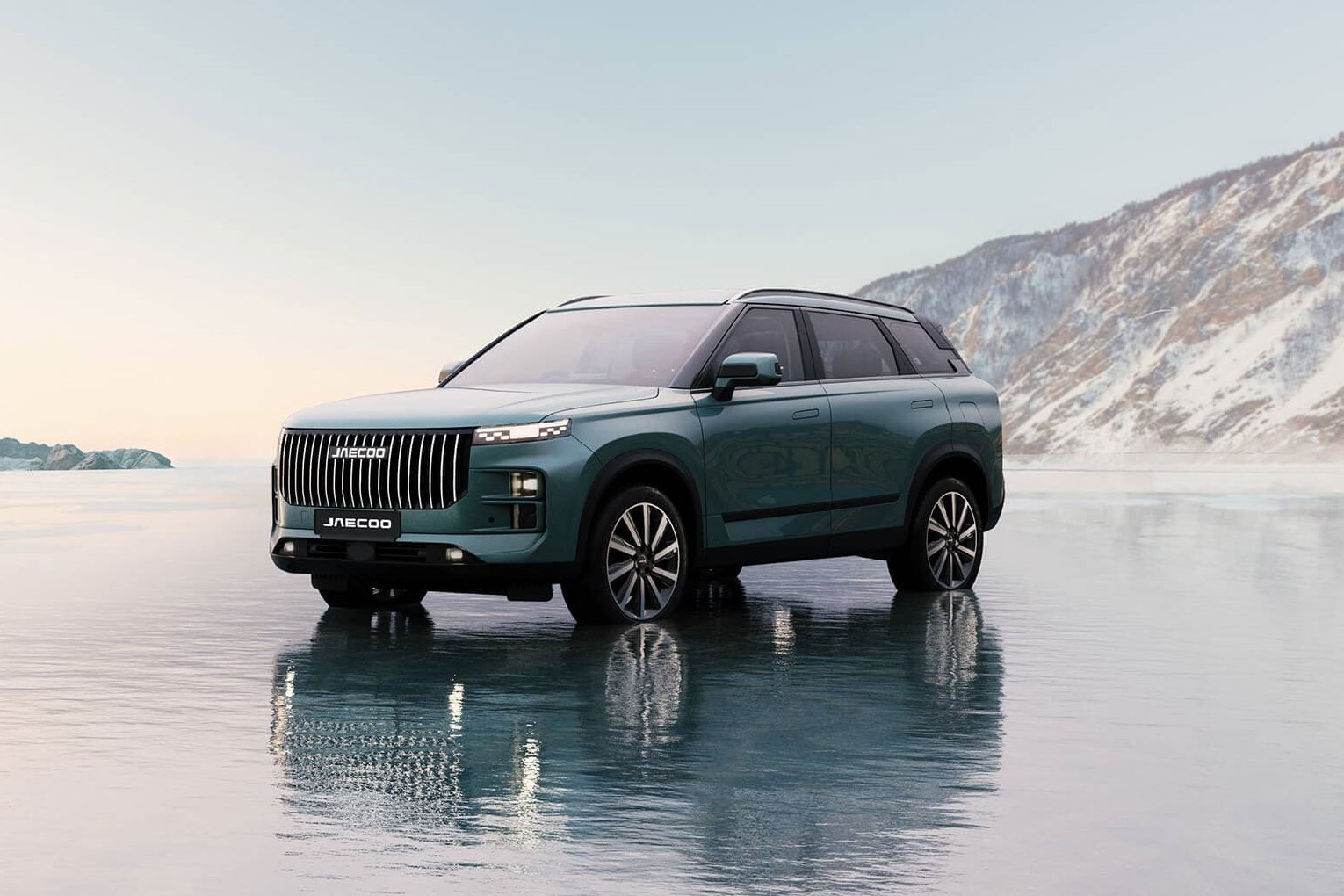
Jaecoo J7 Buyer's Guide: Models, Price & Best Pick for You!
RobertJun 10, 2025
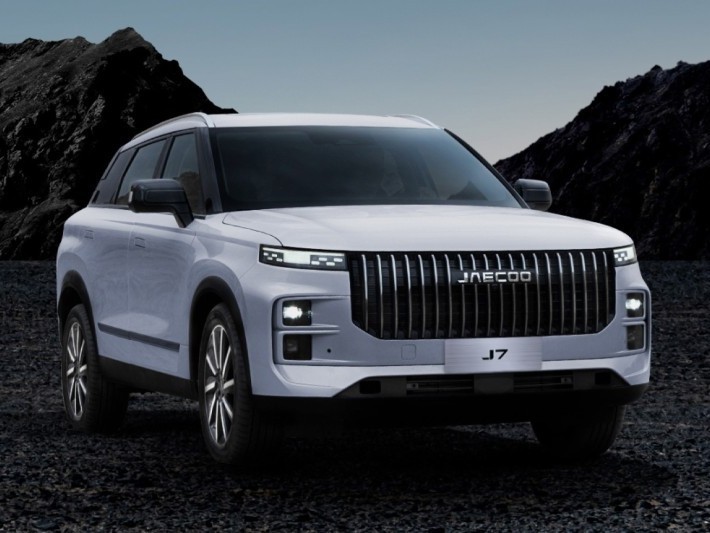
How Much Thought Went Into It? A Deep Dive Into Jaecoo J7's Design Details
MichaelApr 11, 2025
View More











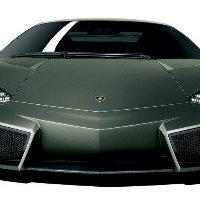
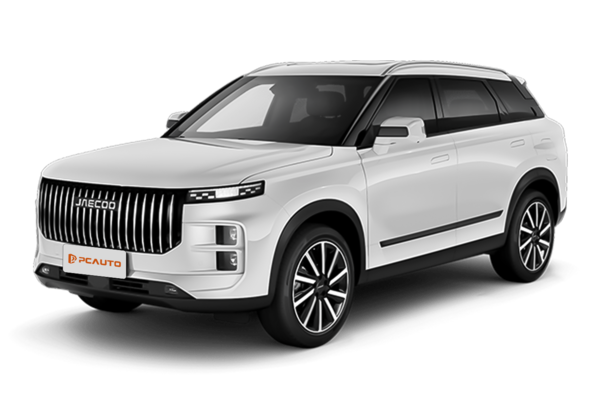
 Cars
Cars




Pros
Cons